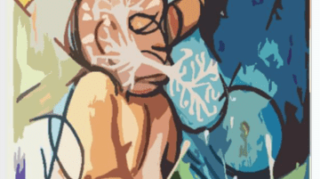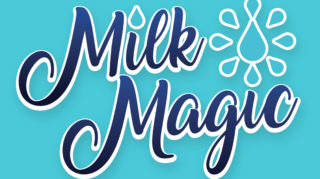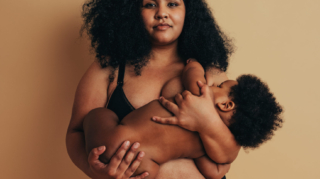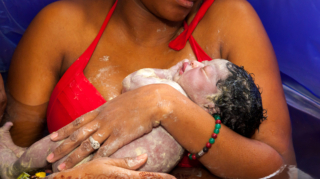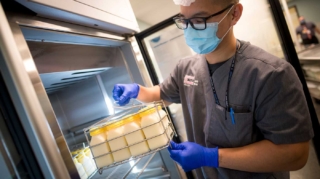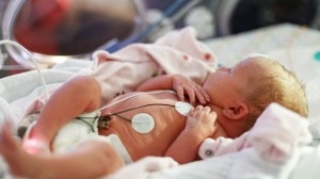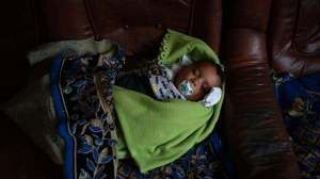When I had my first child I was 21. I was the first one in my family to breastfeed. Through that I saw that there were many women in similar positions. I became the person all of my friends called asking about breastfeeding. I knew that there were things that needed to be addressed. I often tell my clients I aim to provide them with the support and education I wish I had received as a first time mom.
Milk Magic Educators: Pati
Because lactation should not be a privilege. There are many challenges in our society for a parent to be able to accomplish their breastfeeding goals specially for minorities, BIPOC, low income individuals, immigrants, and those with low support. We need to change that and be able to provide support and accessible health education.
Milk Magic Educators: Trina
I’m a mama on a mission. I want to support and encourage mamas along their journey. I want to share the information I’ve learned in hopes to encourage breastfeeding mamas to keep going. There’s a lack of support and quality resources and I want to step in a fill that gap. What started off as a kind gesture, a post here and there, has grown and matured into a passion. I think that human milk is amazing and I want mamas to be able to make the BEST and most informed decision when it comes to feeding their children.
Racial Disparities in Breastfeeding
According to Kimberly Seals Allers, expert breastfeeding advocate and author of “The Big Letdown”, the disparity is due to bias and racism. Research conducted by the Centers for Disease Control and Prevention (CDC) shows that hospital maternity wards “are less likely to help black women initiate breastfeeding after giving birth or offer lactation support following delivery” (Santhanam, 2019). Hospital staff offer black babies formula more often than white babies (Santhanam, 2019), which can be one of the most important predictors of breastfeeding duration (McKinney et al., 2016).
Racism, Birth, & Supporting Black Midwives
In the United States, African-American, Native American and Alaska Native women are about three times more likely to die from pregnancy-related causes compared to white women, according to the Centers for Disease Control and Prevention (CDC), yet sixty percent of all pregnancy-related deaths could be prevented (Rabin, 2019). These statistics hold even when controlling for other factors including income level (Watson, 2019).
Human Milk Sharing – Part II
With the help of a financial gift from Hannah and Zachary Johnson, the UC San Diego Health will create the region’s first breastmilk bank (The San Diego Union-Tribune) led by Dr. Lisa M. Stellwagen, MD. The goals of the bank are “to help mothers breastfeed, to improve breastmilk donation and to ensure that all premature or ill babies in Southern California have access to donor milk” (UC San Diego Health).
Human Milk Sharing – Part I
Human milk is a critical resource for infants designed to meet the needs of baby at every stage of development. Human milk is alive with immune cells, stem cells, and microbes that come from both the lactating parent and from the baby (Hassiotou et al., 2013; Funkhouser and Bordenstein, 2013). For example, a thick yellow milk produced a few days after birth called colostrum (American Pregnancy, n.d.) can be thought of as baby’s first immunization (Khan, 2012)…. The use of donor milk (or “milk sharing”) is not a new practice for humans. “Allomaternal care” and shared nursing has long been a part of many, if not most, human cultures yet there are no federal laws regulating the use of donor human milk or milk sharing. Milk banks provide a degree of quality control by screening donors based on lifestyle, teaching donors about best practices for expression, storage/transport of breastmilk as well as pasteurizing the donated milk.
Nurturely’s Position on Families at the US-Mexico Border
During 2019, Americans watched in horror as children of all ages were forcibly separated from their parents at the U.S.-Mexico border. While much of ...
